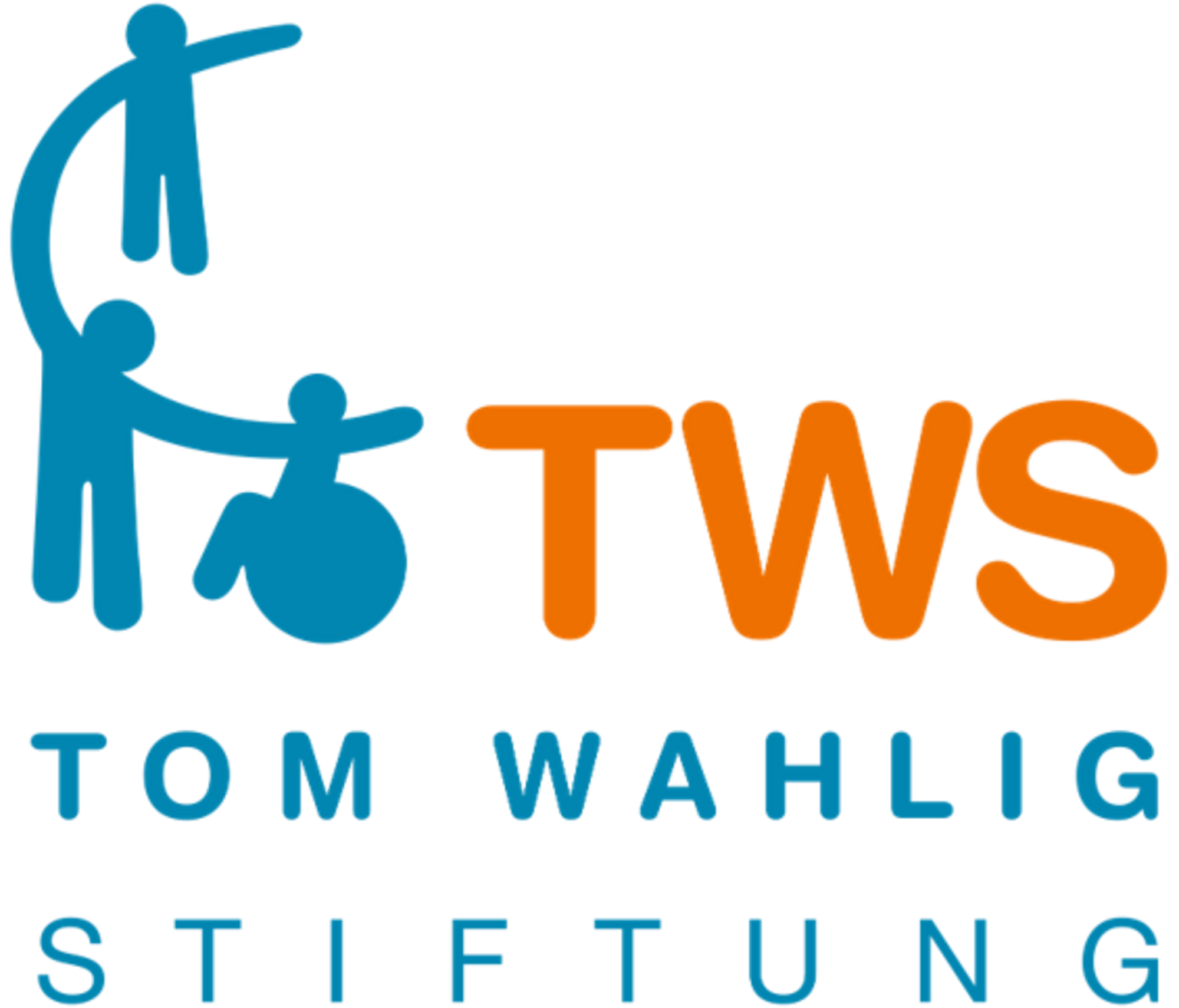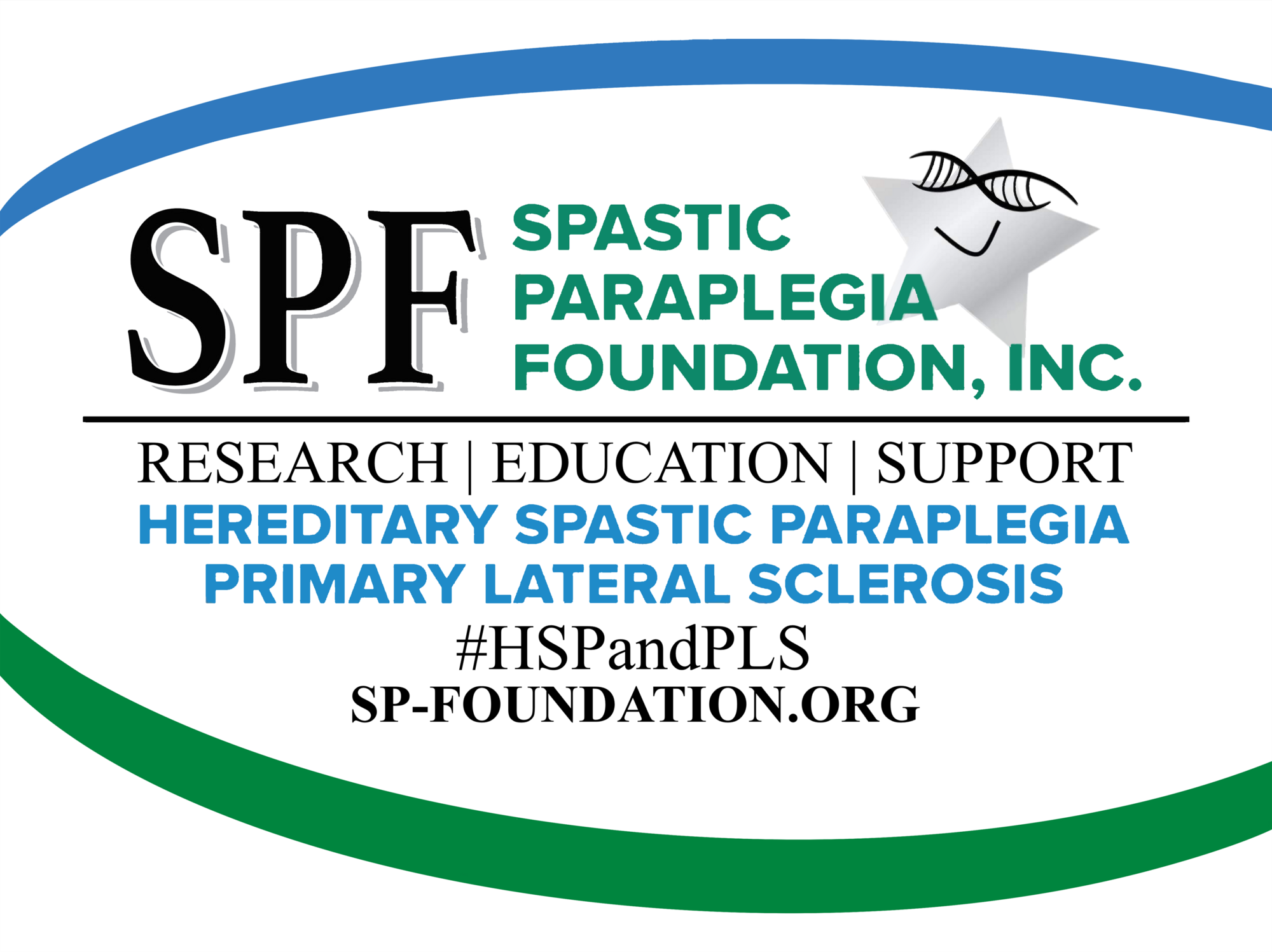Science & Partners
About HSP
The Hereditary Spastic Paraplegias (“the HSPs”) are a group of rare inherited diseases characterized by a progressing spastic gait impairment caused by neurodegeneration of fibers within the spinal cord. In complicated types of HSPs neurodegeneration may occur also in other neurons like in cortical or sub-cortical or peripheral structures. Researchers estimate that some 100 different genetic types of HSP exist. For more than 25% of affected individuals the underlying mode of inheritance is still unclear. The video below shows some typical experience of affected individuals.
International Partners
Euro-HSP works in close cooperation with the Tom Wahlig Foundation (TWF) - a German charity providing world wide support for HSP research. The TWF is organizing the leading annual symposium for HSP research. The Tom Wahlig Symposium takes place in Spring of each year at different locations in Germany. Please check out the TWF website for actual info.
Euro-HSP also works in close cooperation with the Spastic Paraplegia Foundation (SPF) in the USA. The Spastic Paraplegia Foundation is dedicated to advancing research and finding cures for two groups of closely related, rare, and progressive neurological disorders. They are Hereditary Spastic Paraplegia (HSP) and Primary Lateral Sclerosis (PLS). These are neurological disorders affecting the voluntary muscles. The disorders are progressive and may lead to patients being unable to walk, and more. In the United States the HSPs (see top of this page) display an incidence rate of about 20,000 people.
Primary Lateral Sclerosis (PLS) is a group of rare, degenerative, neurological disorders. They are sporadic, meaning there is no clear familial link. PLS is caused primarily by degeneration of the brain and spinal cord's upper motor neurons, which increases spasticity and weakness of voluntary muscles. The incidence rate of PLS in the United States is 2000 people. The issue is complicated because researchers believe a good portion of those initially diagnosed with PLS may have ALS or HSP.
The SPF is the largest patient community worldwide and a continuous driver of HSP/PLS research in North America and around the globe.


This video focuses on someone who has been diagnosed with SPG4 so it won't be applicable to everyone, considering that, so far, over 90 genes have been identified with HSP. He also mistakenly says that HSP is a rare disease that affects the lower motor neurons. However, it affects the upper motor neurons.
Some of the info below will get up-dated.
Here is a link to clinical trials that have been completed or are recruiting:
| Understanding HSP disease in brief | more info |
|---|---|
| Promising treatment found for SPG5 HSP | more info |
| SPG7 more common in Australia | more info |
| Next generation gene testing telling a story | more info |
| Hereditary spastic paraplegia from 1880 to 2017: an historical review | more info |
| Chronic Pain | more info |
| Final QA with Craig Blackstone NIH on drug trials | more info |
| Management of HSP | more info |
| Recherce HSP publications articles | more info |
| Clinical trials designs | more info |
| Next generation molekylar diagnoses Italy | more info |
| Perspective on geomics on HSP |
